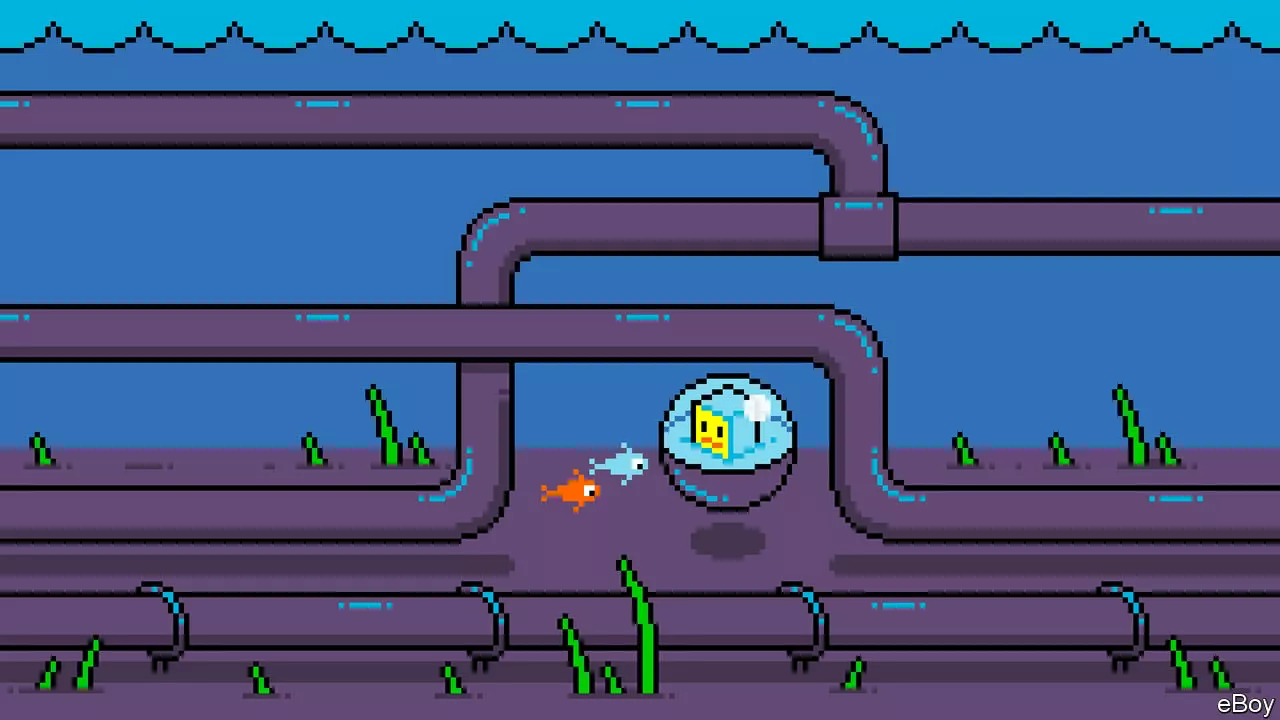Now the same must happen with computing power
sent between internet users in Frankfurt could expect to go on quite a ride. If the sender and receiver used different internet service providers , the message would make a return trip across the Atlantic Ocean, pulsing along thousands of kilometres of underwater fibre-optic cables before ending up just a few kilometres from where it started. This was, in a way, a triumph of abstraction. The users had no idea about the intercontinental detour . But for thes involved it was a royal pain.
What many want of the internet tomorrow, though, will require more. Virtual and augmented realities such as those of “metaverses” need latencies far lower than those tolerated by applications now. That means bringing more of the internet’s capabilities closer to its “edge”—that is to say, the users. There are ways to move data from place to place faster, too. Notably one can increase the speed at which light travels through fibre-optic cables by hollowing out their cores. Light, and thus information, travels nearly 50% faster through air than through standard glass. In December 2022 Microsoft acquired Lumenisity, a startup focused on hollow-core fibre technology, citing its “significant advantages” in increasing speed and reducing latency.
One way to correct errors in the photonic domain is to send extra information in the packet, alongside the data, allowing the receiver at the other end to fix any distortions or alterations without the need for retransmission. Another is to use machine-learning algorithms to predict and correct errors.
